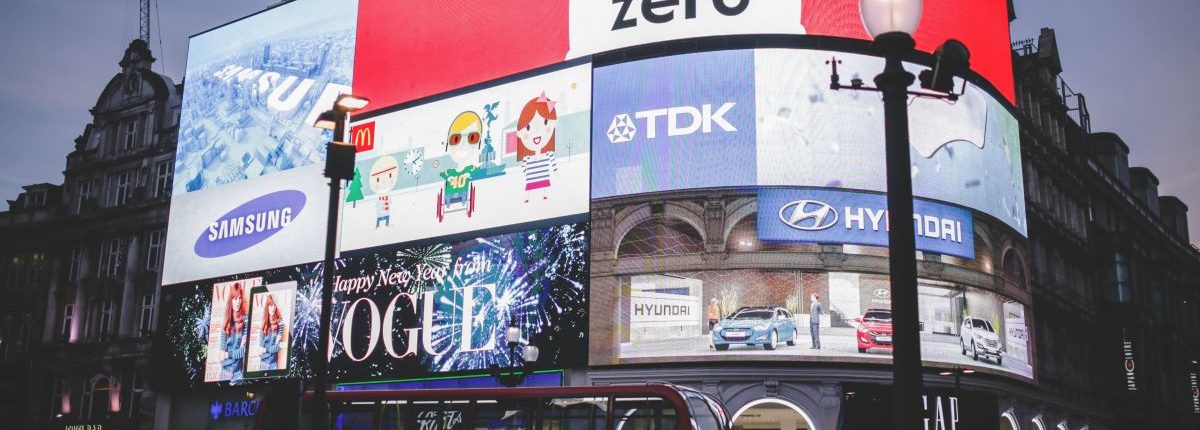How to utilise suburban areas in your marketing strategy

Roadside advertising
Roadside advertising is a great way to subtly market your message to people who live in a suburban area. Instead of forcing pedestrians and drivers alike to look at your advertisements, they can be placed in different areas that are unmissable but not intrusive. This includes adverts on digital billboards, bus shelters and shop buildings. The best thing about these types of advertisements is that they can be interactive. So, if someone is waiting for a bus to take them to town, the person can be taking a look at the advertisement and find out more about the product. Some of these adverts can offer free samples or special deals.
Reminders & memorable products
When you live in a suburban area, the last thing you’re going to be thinking about is a specific brand. However, there may be times where customers need something that is missing from their home without even realising it. If an advertisement is cleverly placed in a suburban area, it can act as a reminder for the person to go out and buy it when they next visit town.
Crowding
One of the major problems about advertising in a big city is that you are going to have a lot of competition. Advertisers are now going bigger and bolder than ever to bring in customers. That means unless you have a large advertising stunt in mind, it’s very unlikely that you are going to stand out. By advertising in a suburban area, you are being clever with your marketing strategy. For instance, if you chose a bus stop in a rural area, you could make your digital poster as bright as possible. That way people will naturally come towards it to feel safer in the dark.
Customer orientated
What sort of people are going to live in suburban areas? Most likely it is going to be young couples, families or people who have just retired. That’s why you need to think carefully about the type of brand you are going to advertise in a suburban area. By picking a product that is family-orientated or appeals to the older generations, you could bring in more customers. Let’s say that you placed an advertisement out for a nappy manufacturer. It would be more effective in a suburban area because it is closer to a family demographic. In this sense, you have found and targeted your target audience.
Overall, there are many ways to utilise suburban areas in your marketing strategy. By advertising in suburban areas, you can reap a whole host of benefits towards your marketing strategy.



 Local SEO marketing is a digital marketing method for small and local businesses to build an online presence that’ll expose them to potential clients and customers. This is so that smaller and independent businesses can gain custom and not be overshadowed by enterprises.
Local SEO marketing is a digital marketing method for small and local businesses to build an online presence that’ll expose them to potential clients and customers. This is so that smaller and independent businesses can gain custom and not be overshadowed by enterprises.